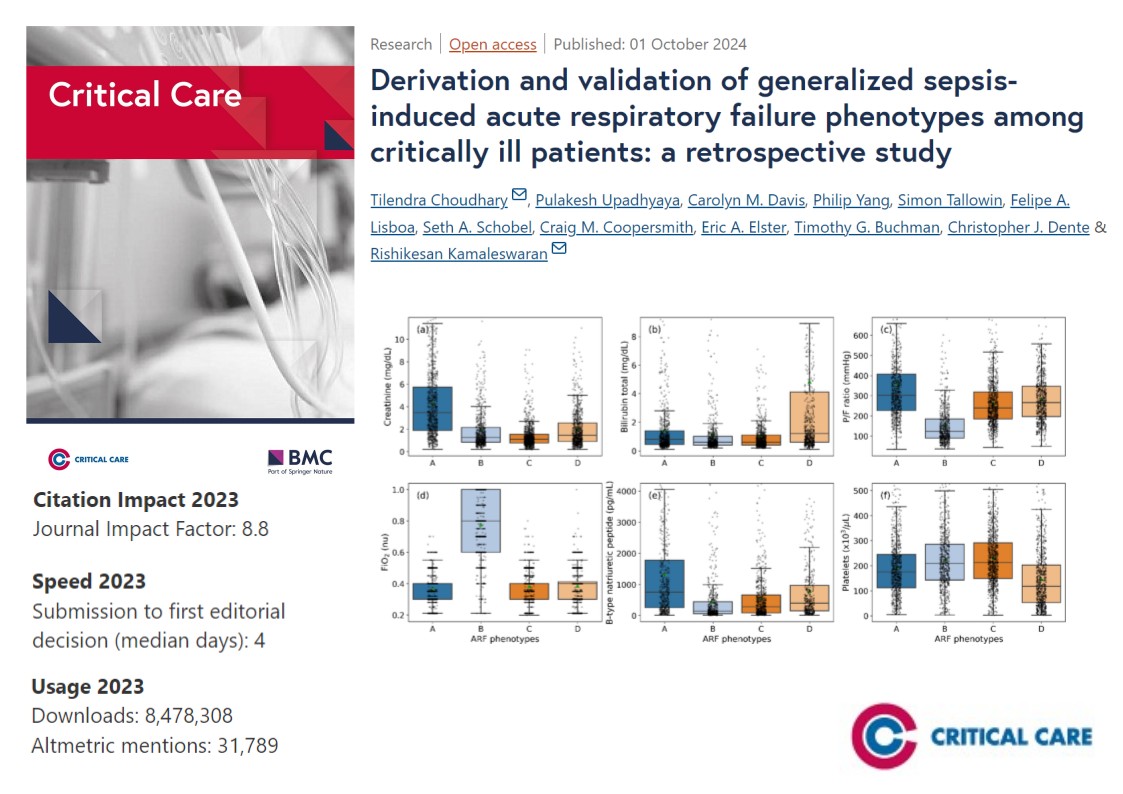AI and ML Tools for Analyzing Critical Illness
ML-based Analysis of Critical Illness Such as Sepsis, ARF, ARDS, Septic-Shock, and Blood Transfusion in ICU using Patients' Clinical Data

Description
Analyzing critical illnesses for their early diagnosis, prognosis, clinical progession, treatment effects, and personalized therapy optimization comes under my research interest. It is highly fascinating to see how advanced ML, DL and reinforcement-learning tools are used to interpret disease progression and render many realtime clinical applications in healthcare. Clinical data such as vitals, labs, waveforms, x-rays and CT-scans are frequently measured from such critically ill patients, which are used in ML-models building process for their prospective decision making. Despite having similar demographics and admission co-morbidities, factors affecting differences in clinical course and outcomes seen in patients cannot be ignored. My interests in this domain include the study of Sepsis, ARF, ARDS, Septic-Shock, Blood Transfusion and others.
One of the research works focused on “Machine learning-based derivation and validation of sepsis-induced ARF phenotypes among critically ill patients, and analysis of their high PEEP treatment effects” is described here below.
Out @Crit_Care at Critical Care: https://x.com/Crit_Care/status/1848273019468136946
Read the full article: https://ccforum.biomedcentral.com/articles/10.1186/s13054-024-05061-4
This study investigates distinct clinical phenotypes of patients with sepsis-induced acute respiratory failure (ARF) using machine learning tools. The researchers used clinical data from two academic hospitals to identify data-driven four unique ARF phenotypes based on organ dysfunction, clinical characteristics, and mortality rates. They found that patients in each phenotype showed different clinical courses and outcomes, despite similarities in demographics and admission co-morbidities. The study further investigated the effects of high positive end-expiratory pressure (PEEP) on the different phenotypes, revealing potential differences in treatment responses. The authors suggest that these findings could help inform future research and clinical trial design for tailored management strategies for patients with sepsis-induced ARF.
